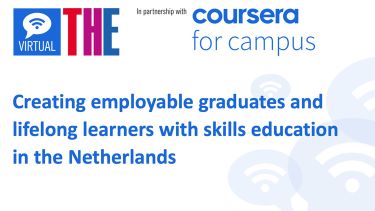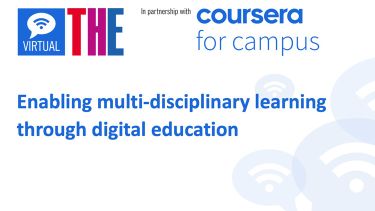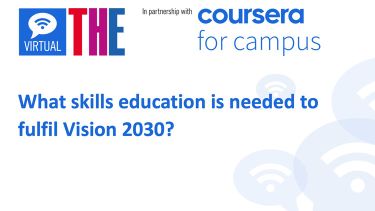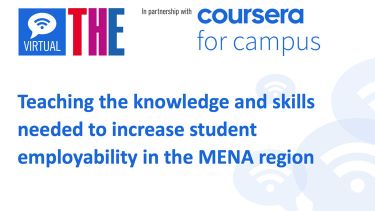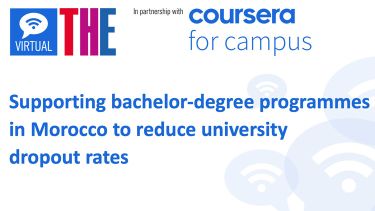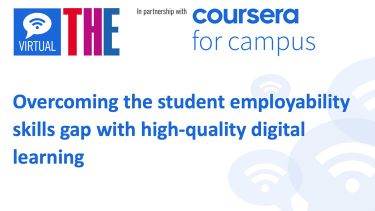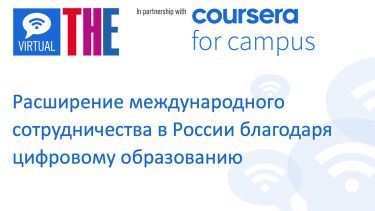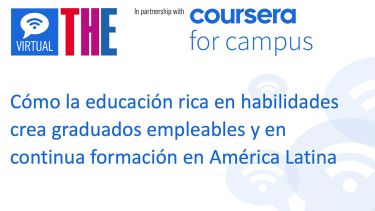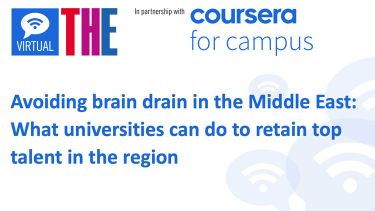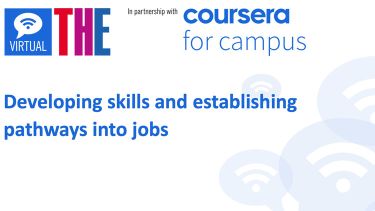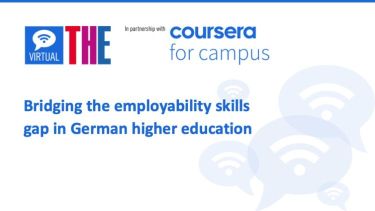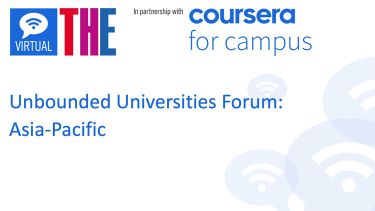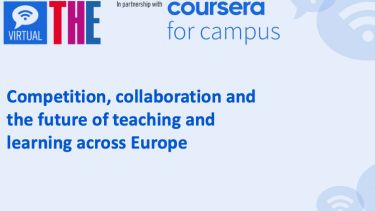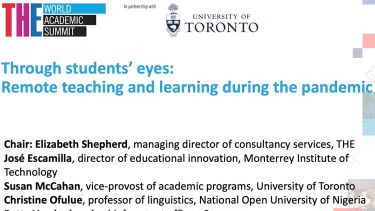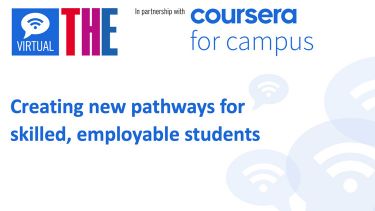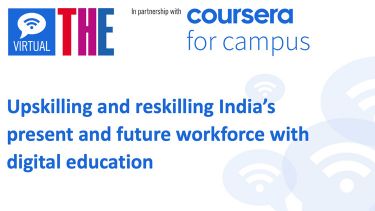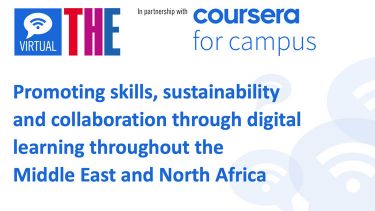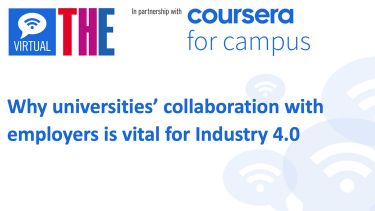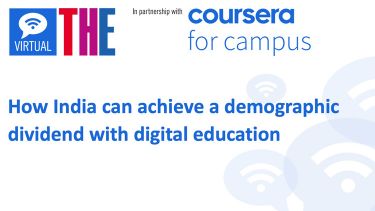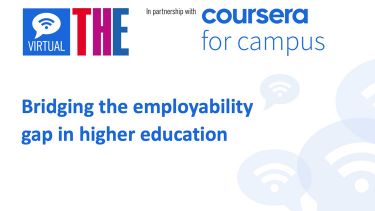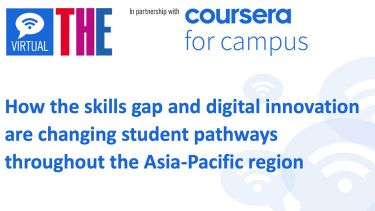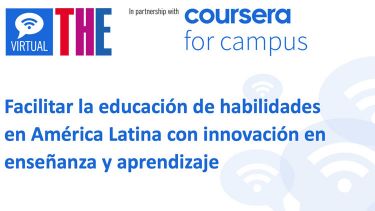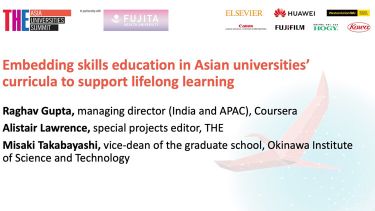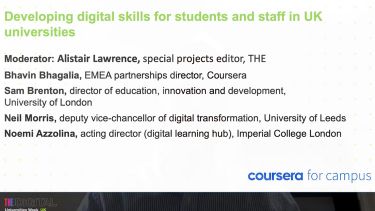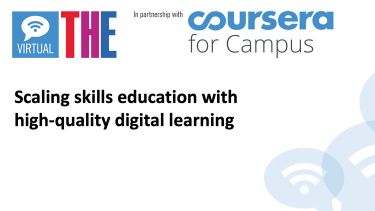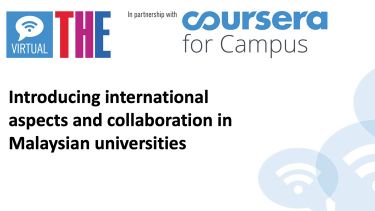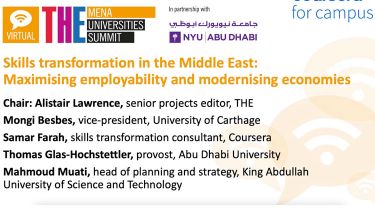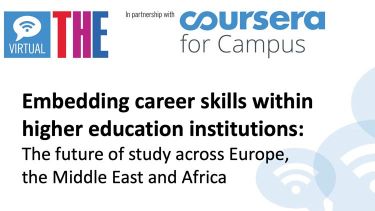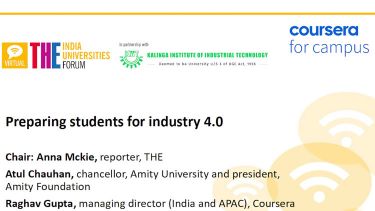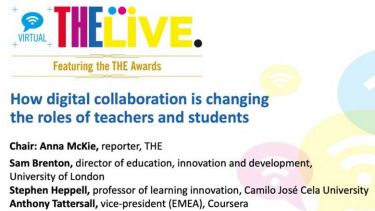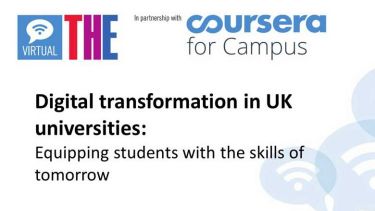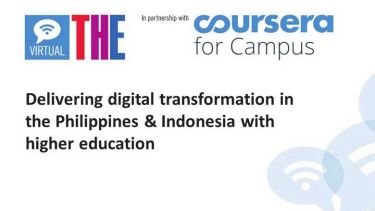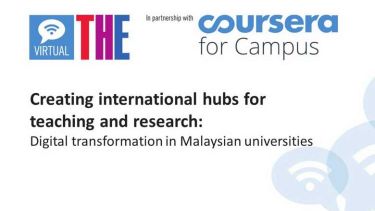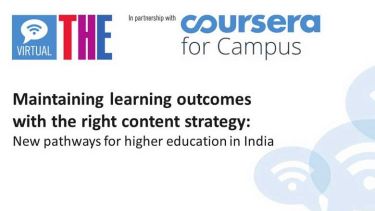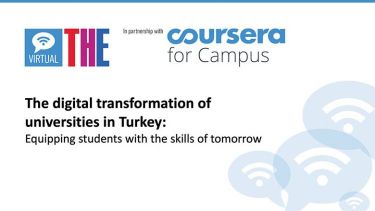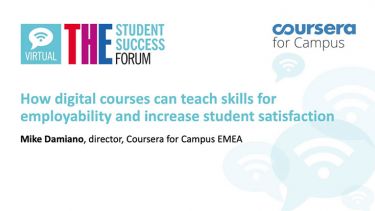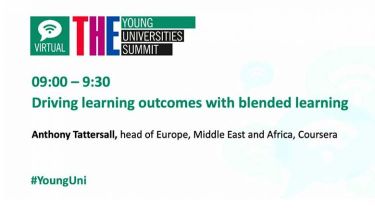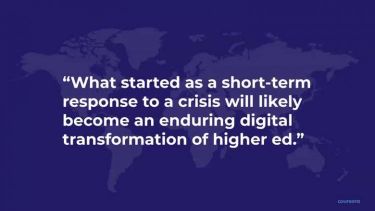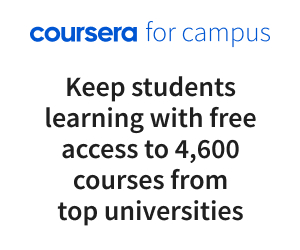Universities’ rapid shift to online learning is creating new opportunities to nurture graduate skills and student engagement
As higher education becomes increasingly globalised, universities across Europe face pressure to deliver greater international collaboration through digital and blended learning. Taking part in a pan-European webinar hosted by Times Higher Education and Coursera, a panel of senior leaders from academia and industry agreed that the acceleration of digital learning had forced universities to improve the scale and quality of resources available to students online.
According to Susanna Sancassani, head of unit, METID learning Innovation at the Polytechnic University of Milan, the shift in Italy was immediate. In the space of one week, her own institution went from being “totally face to face” to moving all 40,000 students’ lessons and activities online. “This acceleration has also facilitated the engagement of foreign colleagues and researchers,” she explained, meaning that lessons could be supplemented with input from experts regardless of their location.
The situation in Germany was a little different, explained Steffen Brandt, project lead and programme evaluation (Data Science and AI) at Opencampus.shm. Before the pandemic enforced remote learning, little existed in the way of online teaching because students in Germany do not pay tuition fees, and so were not viewed as the “customer” in that way.
“That had to change,” he said, and with the shift came room for innovation and creativity. “All of a sudden, people had to think of new ways to integrate online content, and that made it necessary to collaborate because [educators] were looking for help.” Previously, German professors “wouldn’t use another professor’s teaching content, but this process has now started”, he added.
Digitisation also presents new opportunities for collaboration with industry – and could provide solutions to long-standing recruitment issues through “shared roles”, Brandt suggested.
Universities are currently in fierce competition with private companies for qualified experts in machine learning technology, for example, “but online courses make it possible for us to provide high-quality content with Moocs tutored by professionals who work in that area, have the knowledge and can answer students’ questions, but don’t have to prepare the courses or do the admin”.
By creating links with industry in this way, students will ultimately be more prepared for the digital workforce and graduate with the skills employers require of them, he argued.
While panellists agreed that the quality of digital assessment remained a challenge, the fact that online courses have allowed credentials to become increasingly “stackable” is enabling universities to reimagine how learning outcomes are measured. “Formal assessment has grown up,” said Sancassani. “It has become easier to provide more different and frequent assessments in order to monitor the path of students.”
Demand for online courses through Coursera has increased by 650 per cent this year, making for a total of 147 million enrolments to date. According to Nayeli Wild, director of University Partnerships (EMEA) at Coursera, data from the platform’s 73 million users indicate a rise in demand for “shorter periods of study and stackable, hands-on learning courses”.
“Our content strategy experts are looking at the future jobs in demand, skills gaps, and combining that into feedback we provide our partners with. Now we are trying to go one step further in bringing together stakeholders to co-create…to be able to define what is the best solution to bridge the gaps,” she said.
Watch the webinar on-demand above or on the THE Connect YouTube channel.







